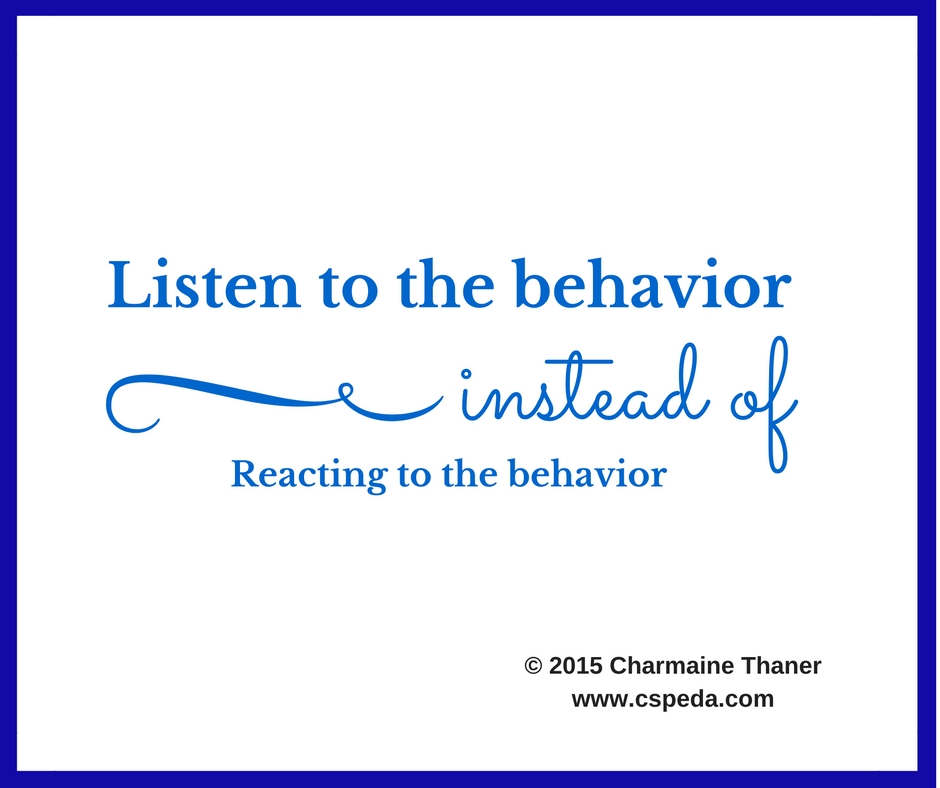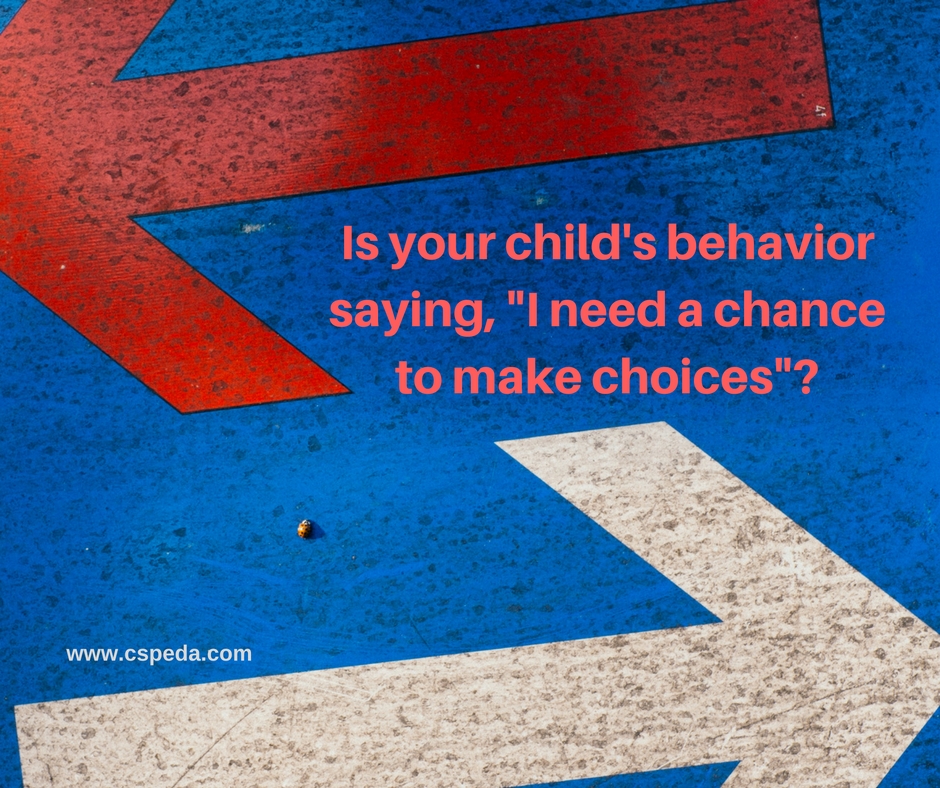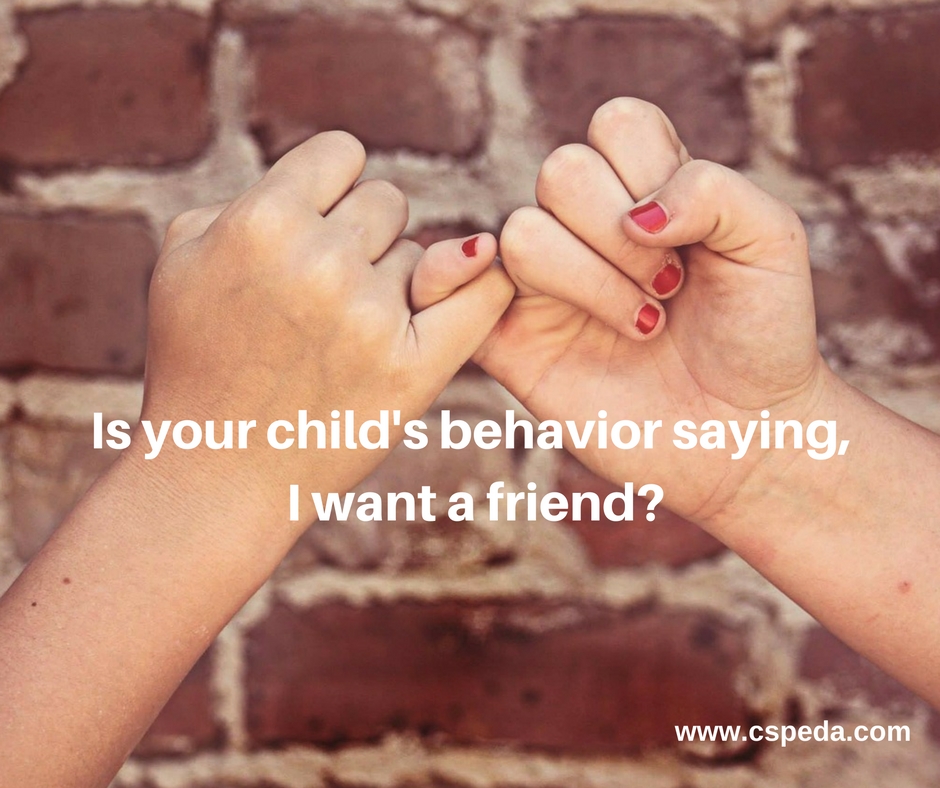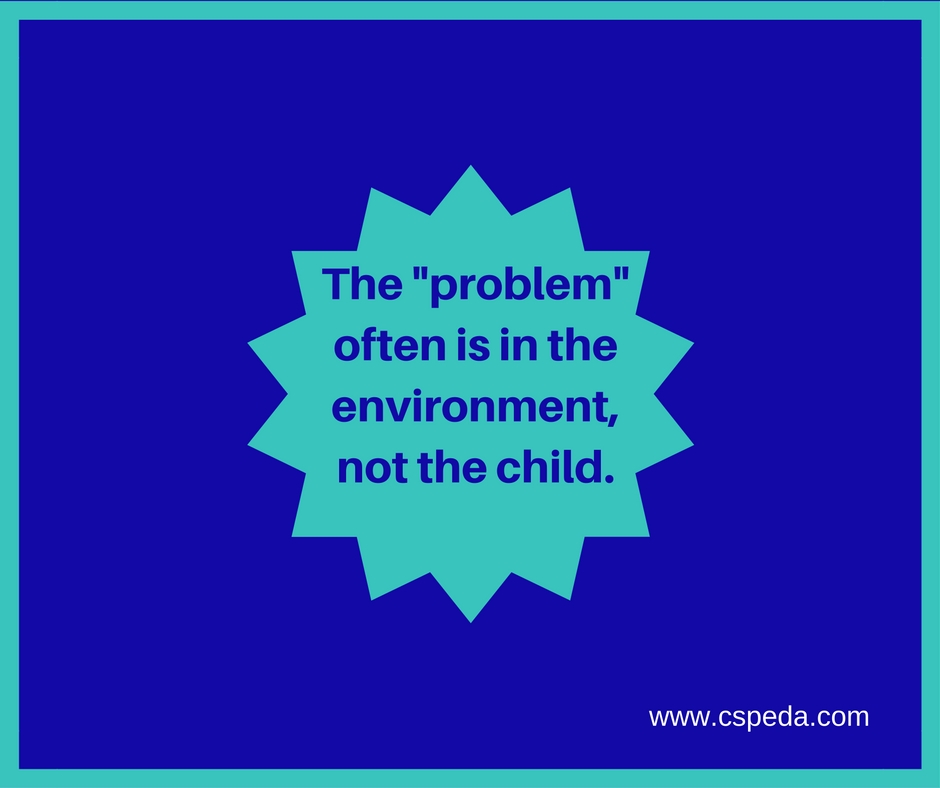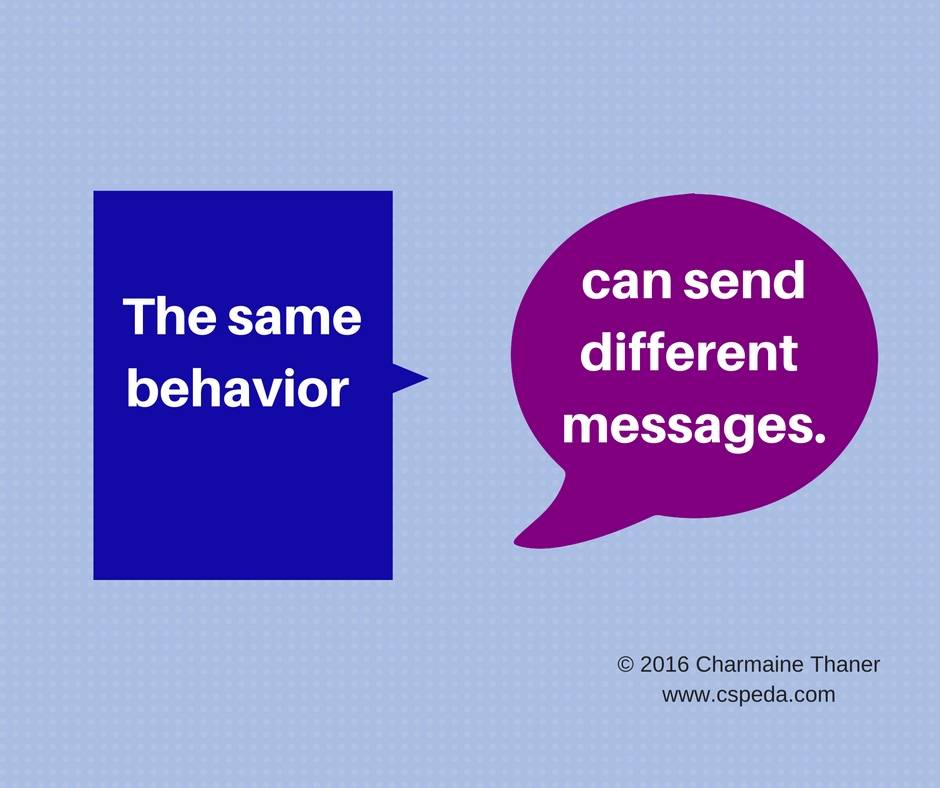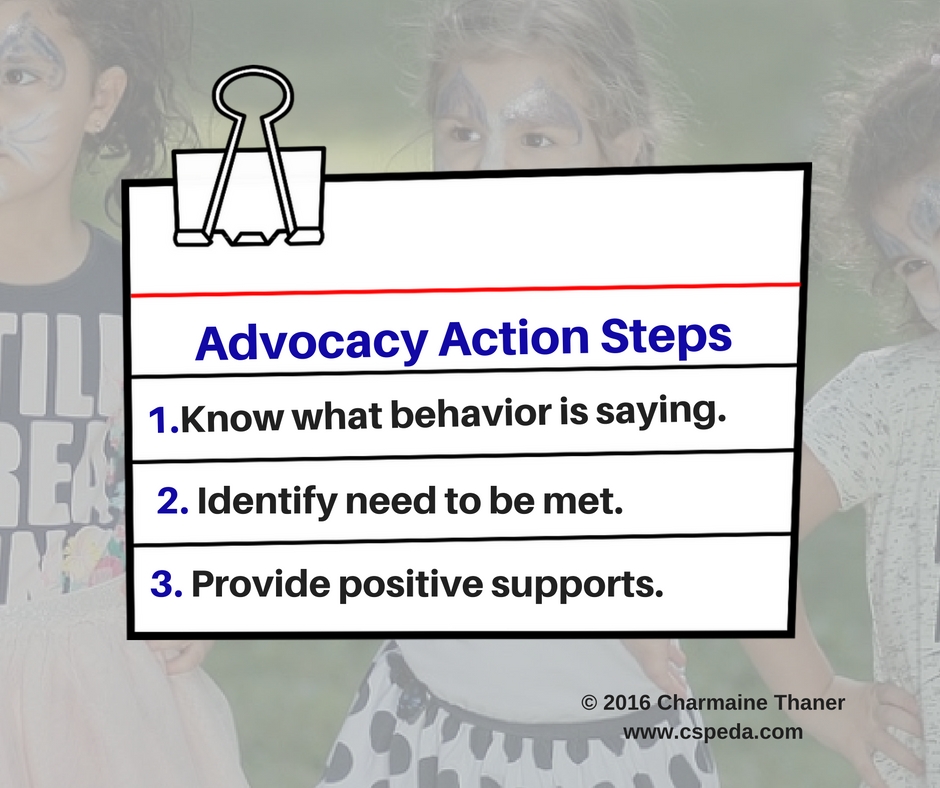All Behavior Is Communication
All of your child’s behavior is communication. Today we’ll be talking about:
1) how to figure out what message your child is sending you with their behavior.
2) What needs they have that aren’t being met and
3) the importance of positive supports
Want to watch video of this post? Click here. Rather just listen to audio? Click here.
When I was a second grade teacher I remember one day we were lining up for lunch, the kids were hungry, I had to go to the bathroom and we were all wanting to get out the door, when I looked over and saw one of my kids dumping out dirt from one of our classroom plants.
Now, my first thought was to say, “Stop dumping that dirt all over the carpet!” But instead, I asked the question, “Nate what are you doing?”
In his little second grader voice he said, “I’m getting my lunch money.” I said, “I didn’t know you buried your lunch money in the dirt.” He went on to explained he had seen pirates on TV bury their treasure and that’s what he did.
Now, it would have been easy for me to think Nate was making a big mess for no reason. However, by taking a minute, talking to him and asking some questions, I found out the real reason for his behavior – He had buried his lunch money for safe keeping.
So, instead of just reacting to a child’s behavior we need to know what their reasons are for doing what they’re doing.
As we said, Behavior is a way to communicate to others. People with behaviors labeled as “difficult” or “challenging” are really sending us messages through their behaviors.
Sometimes that message is loud and clear, other times we may have to dig deeper to see what they are trying to tell us.
One thing we have to remember, if adults only pay attention to behavior that they can count, time, and track on a graph, they will most likely miss the message being sent.
If a student pushes a peer in the lunch line, the message they might be sending is, “I am tired of you making fun of me.”
If a student crumples up their math worksheet, it may not be an issue of compliance. They may be telling the teacher they’re bored doing math worksheets everyday.
I’ve found so many times kids are trying to tell us one or more of their needs are not being met. And we don’t want to push kids to the point that they have to act out in order to get their needs met.
Let’s look at the 5 basic needs we All have. Survival, Love and Belonging, Freedom, Fun and Power.

The first need that must be met is for our basic survival.
When kids come to school hungry, with no winter jacket on a cold day, or tired because of trying to sleep on the floor of their aunt’s crowded apartment – it’s going to be challenging for them to be attentive and learning at school.
The second basic need we all have is to be loved, appreciated and to know we belong.
If a student is not getting this need met, chances are they’ll show this through “challenging” behavior.
Many times when we see students melting down, they are not choosing to misbehavior (even though you may hear that a lot at IEP meetings), they are trying to tell us they have a need that is not being met.
Take for example, a student that kicks others at circle time and then smiles at them when they turn around. Our quick judgment could be he is being mean and the message he’s sending is, “I don’t like you.” And we might jump to the conclusion that he needs to miss recess because he was kicking other students.
Well, guess what, after we talk to him, we find out what he’s really doing is trying to get someone’s attention because he wants a friend.
So, would taking away his recess help him meet his need of having a friend? No, of course not.
Once we know what message the child is sending to us we can respond in ways that are going to be supportive and help him get his need met in appropriate ways.
Freedom is a need for everyone, especially people with disabilities. Each person needs to be able to make choices through out the day.
Unfortunately, many students are given few choices, and students with disabilities are often given even less choices.
Think about it, a student’s day is pretty much scheduled by adults, the books they read during reading group are picked by the teacher, the hot lunch they eat is made by the cafeteria workers, sometimes even the time they can go to the bathroom is decided by someone else.
Take for example when a child is given a glass of juice at snack time and the first thing she does, is knock it over and it spills all over the person next to her.
What might be some quick judgments that we could make? Maybe we would think she is mad at the child next to her, or she’s not thirsty, or maybe we think she is trying to get any kind of attention she can.
If we take the time to talk with her we may find out she is tired of drinking that one kind of juice all the time and she only wants some different juice.
The message may very well be, “ I need the chance to make choices”.
Fun is another essential need. This includes being able to have enjoyable experiences and chances to laugh with family and friends.
A lot of kids that are labeled as the “class clown” are judged to be trying to get attention. And this may be true. But we can’t just make that assumption. We need to dig deeper and see if the real message is, “I want some more fun in my life.”
So, instead of punishing a child or writing a behavior plan because he is acting out in class, the teacher could try some new ideas: Maybe, give him a choice of reading joke and riddle books and share one each morning with the class, or have time for math games and not just do math worksheets … write in the comments below what would make school more fun for your child.
Another need we have is, to experience power – to be successful and important. It’s very challenging to be successful if we don’t have the other needs we’ve mentioned met. So, we want to make sure kids have their survival, belonging, choices, and fun needs first.
Now, if you were to walk by and see your child slumped over his desk, what would you think? You might think he is tired, or he’s trying to get out of doing his homework.
Your child might be sending you the message, “Please believe I can learn this and help me with my questions.”
I think, the real crime is when enough people believe a person’s behavior is a “problem”, which can lead to the perception that the person is a “problem” and over time the person sees himself as a “problem”.
We want to make sure we take the time to understand the context of the situation and what the child is communicating to us through his behavior.
You want to see a person’s behavior in the context of the whole person and the environment, instead of seeing the behavior as a result of the person’s disability label.
Look at what the teacher does, or how the environment is set up and what needs to be changed at that level so the student has his needs met.
Educators and families should not view students by their behavior and disability label and decide their mission is to “fix” them. This thinking perpetuates the notion that the “problem” lies within the student instead of things that the adult can change.
The Advocacy Action Steps you can take are:
1.Figure out what the behavior is telling you.
2. Identify the basic needs your child is trying to meet.
3. Make sure positive supports are in place at school and in other places so your child can get his needs met in positive ways.
We want to use our advocacy skills so in the end we’ll make sure our child does have choices, friends, fun, know he belongs with his classmates, and is successful at school.
